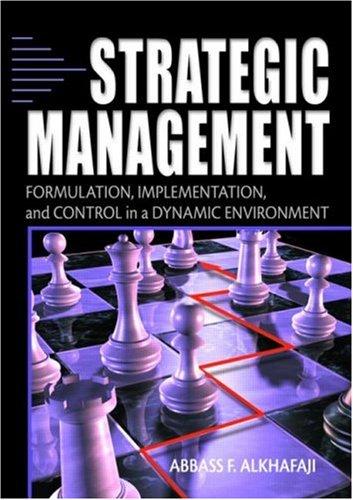they gain market share in a competitive market where their five major competitors could provide roughly comparable services at cheaper prices? After a year of study, a flashy idea became reality. "Buy two of the competitors, grow in size and gain their market share." Brilliant! The stock market loved 4M's buy-out purchases-for a while. Then, the reality of blending three different cultures and three different management styles hit. The problems totally consumed all of senior management's time for the past year. Perhaps, this added to the continuing turmoil with the teams. One thing clearly happened. The comfortable backlog of work formerly generated by the Headquarters dwindled, became disrupted and sporadic. Work assignments were spread apart and then came in large chunks with short suspense times. Sometimes there was little to do. Sometimes it was impossible to meet senior management deadlines. Work-in-process queues increased. Production efficiency/effectiveness declined. Response times increased. Profits declined. 4M's stock value declined. Employee expectations declined. Senior management had to resolve the new culture and management problems quickly. And, at the same time, they had to get 4M back into highly profitable territory. They felt the quickest way to do that was to cut costs. An edict arose to cut expenses by 10% across the board. Every team was to focus on cutting costs. For many that meant reducing the number of people on the team. Suddenly, teams had less flexibility and less capability. Things started to back up even more. 4M's important reputation for Quality and Speed-to-market was seriously challenged. One very large and well-known customer canceled their account and moved to one of the remaining competitors. The stock market heard about it and the stock fell again. In a desperate move, the CEO of 4M went to the Board of Directors and said, "I fully believe we have given Team Project a complete and acceptable trial within 4M. I must admit the initial confusion we anticipated during our changeover has extended much too long. And, we see now that Team Project is not able to sustain the capability and flexibility that made 4M great. With much regret, I must suggest we return back to or former hierarchical management style at each of our plants. I suggest we restore Department Heads, Division Chiefs, Section Leaders, Production Supervisors and leadership from the top levels down to the foreman. As of next month, we will return to our former formal management organizational model. While this may take several months to transition, I do not anticipate the turmoil will be anything like what we have suffered in these past three years." Consider the following questions about the implementation and management of Team Project at 4M. 1. Add a synopsis Develop chart/diagram with the hierarchical management style(organizational structure] at 4M Develop chart/diagram on how the organizational structure looked with the implementation of Team Project at 4M. 4. Describe the positive elements in 4M's Team Project implementation. Describe the negative elements in 4M's Team Project implementation. What do you think was the biggest problem with Team Project at 4M? How would you implement Team Project differently in 4M's environment? Provide 3 solutions 3. Do you agree or disagree with the CEO's recommendation? Justify your response







